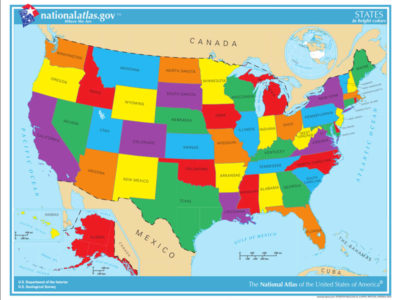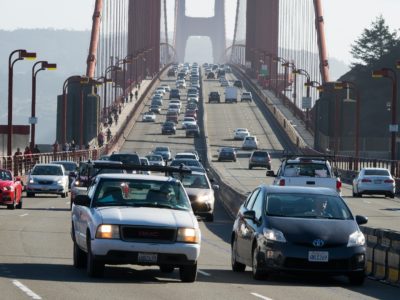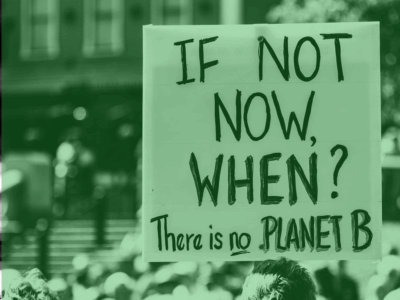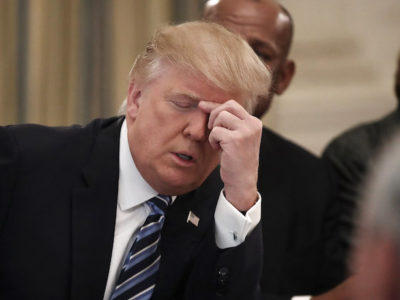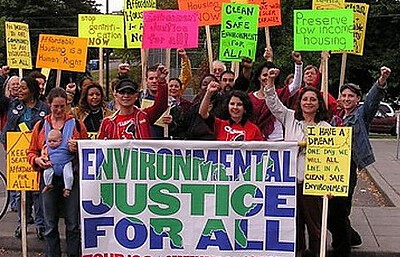States
The Legal Barricades Protecting State Climate Policy
The general legal landscape favors state regulatory efforts.
The upshot is that it will be very challenging for the Feds to overturn state emissions regulations of power plants and other facilities. The statutory and doctrinal landscape are favorable for states playing defense, and the Supreme Court seems if anything more favorable to the states than the national government. Of course, these general observations leave plenty of room for litigation over the fine points, and the Feds could win some cases. But the states start the contest with an advantage.
CONTINUE READINGHow broad does Clean Water Act 401 certification sweep?
Recent disputes over infrastructure projects highlights the importance of the question
Another issue for ping-pong governance over the past few years has been certification under Section 401 of the Clean Water Act. For those of you who are not deep into the weeds of the Clean Water Act, Section 401 requires (a) federal agencies that are issuing licenses or permits that (b) result in discharges to …
Continue reading “How broad does Clean Water Act 401 certification sweep?”
CONTINUE READINGWebinar: Climate Policy without the Endangerment Finding
UCLA Law’s “Up in the Air” webinar explores the future of federal and state climate policy if the endangerment finding is repealed.
As Environmental Protection Agency Administrator Lee Zeldin rushes to rescind the endangerment finding — which some have called “the Holy Grail of U.S. climate policy” — the UCLA Emmett Institute hosted an expert panel discussion on the reasoning and ramifications of such a move. The effort underlines “an extraordinarily dark time in U.S. environmental politics,” …
Continue reading “Webinar: Climate Policy without the Endangerment Finding”
CONTINUE READINGCalifornia and Brazil Advance Joint Climate Action
The new MOU announced at New York Climate Week increased engagement and joint climate leadership ahead of COP30.
This week, California Governor Gavin Newsom led a high-level meeting with Brazil’s Environment Secretary Marina Silva to expand the long-running partnerships that exist between the Golden State and the largest country of Latin America. The meeting resulted in a new Memorandum of Understanding (MOU) between both governments to continue to collaborate on climate action. Although …
Continue reading “California and Brazil Advance Joint Climate Action”
CONTINUE READINGImmigration Law is Environmental Law
The recent ICE raid on a Hyundai-LG plant in Georgia highlights a problem in our visa system — and our politics.
Three weeks ago, federal and state agents conducted an immigration raid at a multi-billion-dollar Hyundai-LG battery plant under construction in Ellabell, Georgia and detained some 475 workers. About 300 of these workers were South Korean citizens. 14 were from China, Japan, and Indonesia. Another 145 were from Mexico and other Latin American countries. As has …
Continue reading “Immigration Law is Environmental Law”
CONTINUE READINGCan California Try Again with Vehicle Pollution Limits?
A new Sixth Circuit decision provides encouragement.
In May, Congress effectively killed the most recent efforts by California to clean up its vehicle fleet. Although many people seem to have assumed the contrary, this may not be the end of the road for California regulators. A new court of appeals decision is an encouraging signal that California may be able try again when the political forces in DC are less militantly anti-environmental.
CONTINUE READINGStates Should Not Wait to “Make Polluters Pay”
Guest contributors Laura Fox and Doug Kysar write that now is the right time for more states to adopt climate accountability laws, despite ongoing legal challenges.
As states weigh whether to adopt climate accountability legislation like Vermont’s Climate Superfund Act, some are hesitating out of concern that the Second Circuit’s decision in City of New York v. Chevron Corp., 993 F.3d 81 (2d Cir. 2021), dooms such efforts. That concern is misplaced. In fact, now is precisely the time for states …
Continue reading “States Should Not Wait to “Make Polluters Pay””
CONTINUE READINGDoes Federal Law Still Preempt State Standards Relating to Fuel Efficiency?
The answer may depend on what being “in effect” means.
If a tree falls in the forest but no one hears it, does it still make a sound? If a law hasn’t been formally repealed but can be violated with complete impunity, is it still in effect? This matters because federal law preempts state fuel efficiency standards if, but only if, a federal standard is “in effect.” Congress just eliminated any penalty for violating the federqal standards. Which means at best they have only a kind of ghostly existence, but no substance to speak of.
CONTINUE READINGTrump’s Funniest Executive Orders
Yes, they’re destructive and often cruel. But sometimes, they’re also unintentionally funny.
Imagine some later historian flipping through the pages of the Federal Register and coming upon Executive Order 14264, “Maintaining Acceptable Water Pressure in Showerhead.” Think of it: he went to incredible lengths to attain the ultimate power, and this is what Trump does with it. Or there’s the one where he aims the full might of the U.S. government at the goal of “Ending Procurement and Forced Use of Paper Straws.” Who says Americans can’t dream big anymore?
CONTINUE READINGThe Annihilation of Environmental Justice: A Timeline
Trump has spared no effort to ensure that the government ignores the needs of vulnerable communities.
Amid the daily onslaught of executive actions, the cumulative effect of these actions may escape notice. A case in point is environmental justice. It’s not just one or two dramatic actions: there has been a systematic war of elimination against protections for vulnerable communities. While initiated by Trump, the effort has included a ream of destructive follow-on actions. The best way to make the point is a chronological account.
CONTINUE READING



